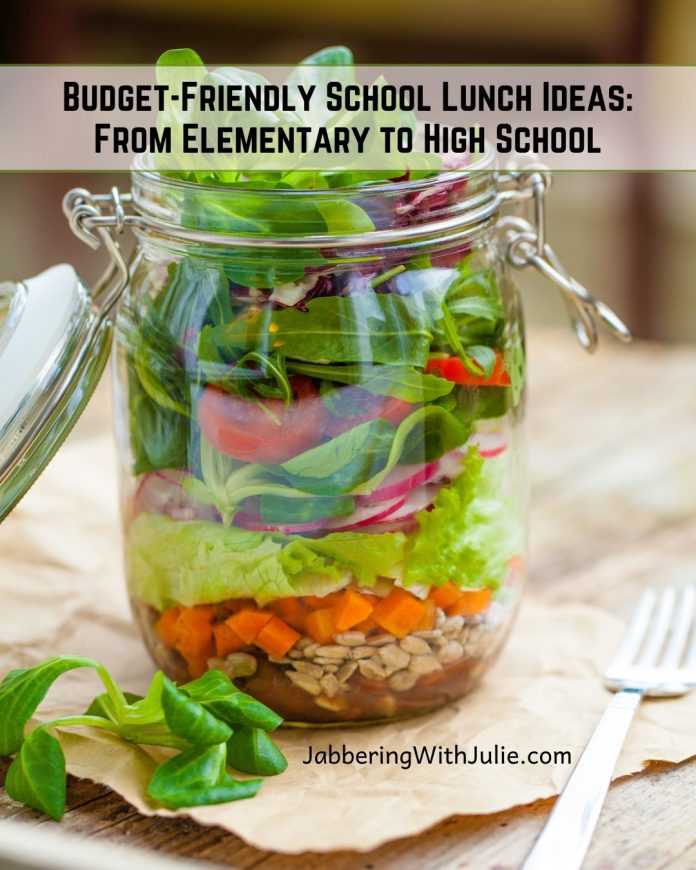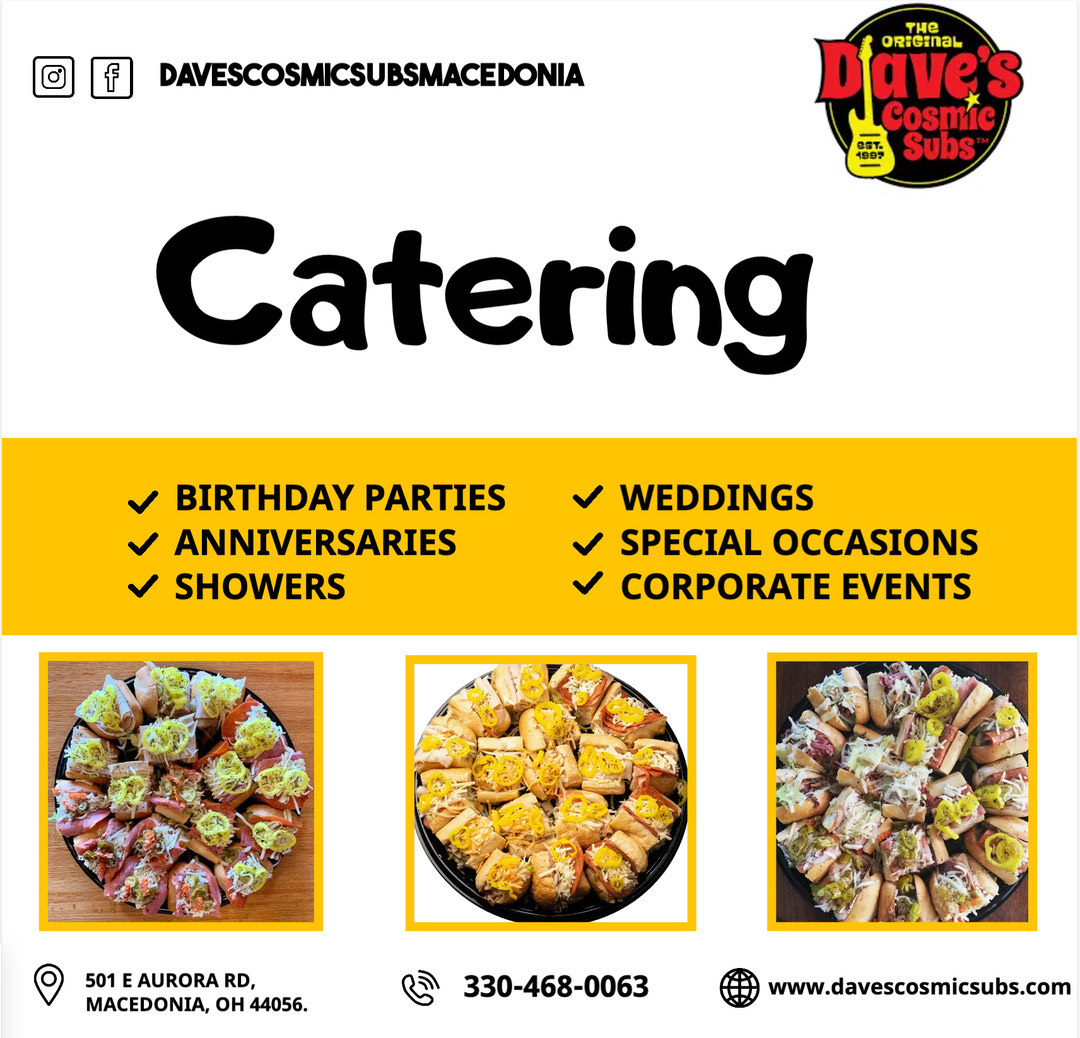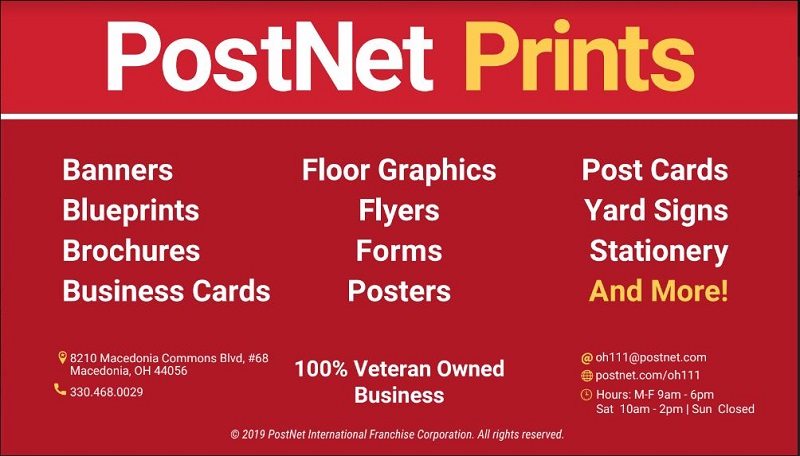Creating nutritious, appealing, and affordable school lunches can be a challenge, but with some planning and creativity, you can pack lunches your kids will love without straining your budget. Here’s a comprehensive guide tailored to different age groups.
Elementary School Lunch Ideas
Young children often prefer familiar foods and simple presentations. Focus on creating fun, colorful lunches that are easy to eat during short lunch periods.
Quick and Affordable Options
- Upgrade classic PB&J by using different whole grain breads and adding sliced bananas or apple
- Roll-ups using tortillas with turkey and cheese (buy in bulk when on sale)
- Mini sandwich kebabs with cubed whole grain bread, cheese, and ham
- Thermos of warm pasta with vegetables (use dinner leftovers)
Smart Money-Saving Tips
- Buy reusable divided containers instead of single-use plastic bags
- Purchase seasonal fruits and vegetables
- Prep fresh veggies for the week during weekend family time
- Make homemade snack mixes using bulk-bought cereals, pretzels, and dried fruit
Middle School Lunch Ideas
Middle schoolers are becoming more conscious of what their peers eat and often want more “grown-up” lunches. Focus on variety and independence while maintaining affordability.
Budget-Friendly Options
- Build-your-own lunchables using bulk-purchased crackers, cheese, and meats
- Grain-based salads with quinoa or pasta (cook in large batches)
- Breakfast for lunch: homemade pancakes or waffles with fruit
- Rice and bean burritos with simple vegetable toppings
Money-Saving Strategies
- Invest in a quality thermos for hot/cold foods
- Buy generic brands for basic items like crackers and cereals
- Make homemade versions of expensive pre-packaged snacks
- Use Sunday meal prep to prepare ingredients for the week
High School Lunch Ideas
High school students often have bigger appetites and more sophisticated tastes. Focus on filling, energy-boosting options that can fuel after-school activities.
Affordable and Filling Options
- Mason jar salads with protein and whole grains
- Hearty wraps with hummus and vegetables
- Rice bowls with leftover proteins and vegetables
- Cold noodle dishes with vegetables and proteins
Cost-Effective Strategies
- Teach teens to prep their own lunches
- Buy and prep proteins in bulk
- Use frozen vegetables when fresh are expensive
- Make large batches of homemade snacks like granola bars
Universal Money-Saving Tips
Smart Shopping Strategies
- Plan lunches around grocery store sales
- Buy seasonal produce
- Use store loyalty programs and apps
- Stock up on shelf-stable items when they’re on sale
- Compare unit prices rather than package prices
Prep and Storage Tips
- Dedicate Sunday afternoon to lunch prep
- Freeze sandwiches ahead of time (they thaw by lunch)
- Buy bulk and repackage into single servings
- Use leftover dinner components in creative ways
Making It Work Long-Term
Organization Tips
- Create a monthly lunch calendar
- Involve kids in grocery shopping and preparation
- Keep a running inventory of lunch supplies
- Maintain a list of “emergency” shelf-stable lunch items
Avoiding Waste
- Pack appropriate portions for each age group
- Use clear containers to make food visible and appealing
- Check with kids about what they’re eating and what comes home
- Adjust portions and items based on feedback
Special Considerations
Food Allergies
- Learn about safe alternatives to common allergens
- Find budget-friendly substitutes for specialty items
- Buy alternative products in bulk when on sale
Dietary Preferences
- Work with picky eaters to find acceptable options
- Include familiar foods alongside new items
- Consider texture and temperature preferences
Mason Jar Safety and Alternatives
While mason jars are excellent for meal prep and storage, safety is crucial when sending them to school. Here are key tips for using mason jars safely:
Safe Transportation
- Use plastic mason jars instead of glass for younger students
- Invest in silicone sleeves or neoprene jar wraps for shock absorption
- Pack the jar in an upright lunch bag or box with padding
- Consider wide-mouth jars as they’re less likely to crack
- Use a lunch bag with separate compartments to keep the jar stable
Smart Alternatives
- Look for plastic mason-style jars with the same aesthetic
- Try stainless steel containers with separate compartments
- Use BPA-free plastic containers with screw-on lids
- Consider bento-style boxes for salads and layered meals
If Using Glass Jars
- Teach proper handling and storage
- Pack heavier items at the bottom
- Avoid overfilling to prevent pressure on the lid
- Use jar bands (rings) to secure lids
- Consider sending an extra empty container for mixing
Beyond the Lunchbox
Remember that successful school lunches aren’t just about the food—they’re about nourishing your children while teaching them valuable lessons about nutrition, budgeting, and planning. Get your kids involved in the process by:
- Having them help with grocery shopping and price comparison
- Including them in weekend prep sessions
- Teaching them to pack their own lunches
- Getting their input on lunch calendars and meal planning
Creating budget-friendly school lunches doesn’t mean compromising on quality or appeal. With these strategies, you can provide nutritious, satisfying lunches that your children will look forward to eating, while maintaining a reasonable food budget for your family.

























